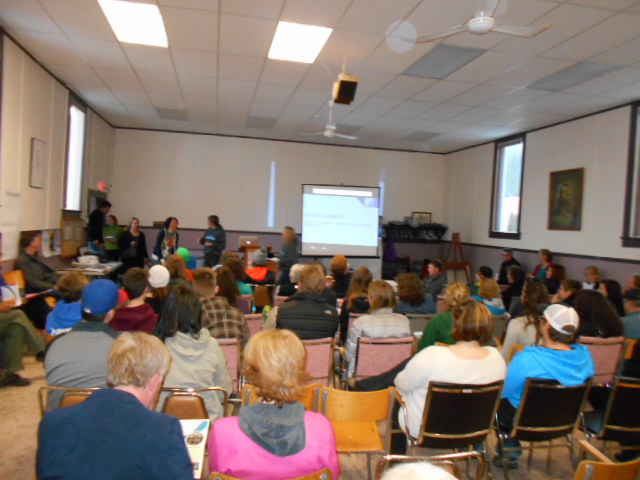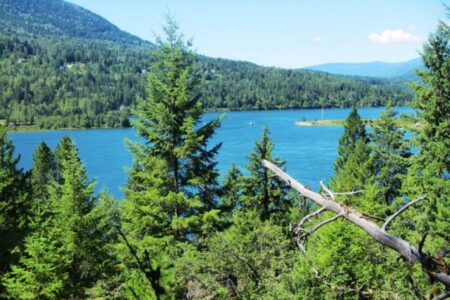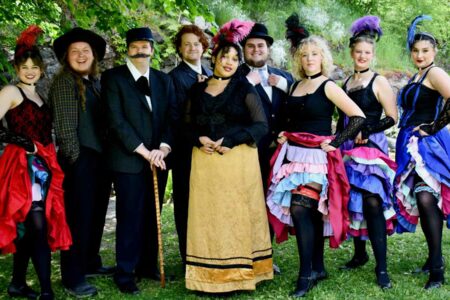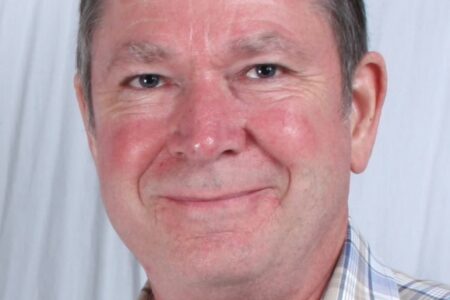Seven Summits Centre for Learning Faces a Major Decision
Seven Summits Centre for Learning Will Take a New Form
Rossland’s innovative approach to maintaining K-12 education in Rossland is about to shift into a new phase, with a new form — but what that form will be is not yet decided. The new form is necessary because the provincial government has decided that it can no longer fund the current arrangement with SelfDesign, an award-winning distance learning organization, because the government’s rules don’t allow for the “blended” model of education that Seven Summits utilizes — a blend of distance learning with a physical “school” setting where students interact with teachers and other students. This, in spite of the fact that many public schools now actually use a “blend” of distance learning via computer, with their traditional classrooms and teachers. Parents of Rossland students will decide — one way or another — how the Seven Summits Centre for Learning (“7S“) will continue to serve Rossland.
At a packed meeting at the United Church Hall on Wednesday, March 30, people learned about the options available.
Why have the Seven Summits Centre for Learning?
Besides allowing families to choose whether J.L. Crowe in Trail or the more flexible, experiential and student-centered experience of 7S is better suited to their grade 10, 11 or 12 students, 7S benefits Rossland in other ways.
Red Mountain Academy could not exist without 7S; it offers students the ability to continue high-quality schooling while training as athletes. Red Mountain Academy benefits Rossland economically and culturally by bringing students from many other places.
The teachers who work at 7S are employed in Rossland, which is an economic benefit; every job helps. Local businesses benefit from the fact that some of Rossland’s high school students attend school here and can both work locally after school and spend money locally.
The entire community is enriched by the full-time presence of the full age-and-experience range of residents. As Ann Quarterman recounted, she had originally “been fine” with the idea of Rossland’s grade 10 to 12 students going down the hill every day, but when she began researching different schools and communities, she said, “I realized that when you lose a segment of the population for the vast majority of the day, it changes the flavour of the community.”
Successes of 7S
Some 7S students have been able to graduate early; some have distinguished themselves (and 7S) by winning scholarships to the universities of their choice; others have won awards for their athletic achievements. “We have the fastest boy in the country at the Academy, in Nordic skiing.”
7S has 45 students, 4 mentors, and two support staff, and have been operating on just under one-third of what a public school receives per student. With that minimal funding and those modest numbers, 7S has created a huge beneficial impact on the community — and “prepared these learners to achieve excellence in their lives,” said Quarterman.
7S has engaged many volunteers to help with their operations, and has engaged students as volunteers in the community; there is a strong community connection between Rossland and 7S. Students at 7S get to go on more field trips and camping trips; a biology class is now planning a trip to the coast; last October, the Social Studies 10 class made a journey of discovery around the Kootenays, stopping at places of historical and geographical interest.
The 7S cross-country running team joined the Kootenay circuit last fall and “had lots of top three finishes.”
What do kids need to learn?
As Sue McBride said, “We need kids who are creative, who can collaborate, who can work together and think for themselves, who can time-manage themselves.” Education at 7S develops those qualities. She acknowledged that nobody working at 7S is making a lot of money, “but it’s for the kids.” 7S teachers are not unionized at this point.
Next year: what are the options?
The current year will carry on until the end of June, without any changes.
For the 2016-2017 school year and following, the directors of 7S are considering two possibilities. One is to form an independent school, which would be eligible for some government funding, and would enable 7S to maintain greater control over its own operations. However, the funding would be less than adequate, especially for the first year.
The other option is to form a partnership with a school district that currently has a “distance learning” component and would accommodate the blended model of learning, and would also be partially funded by government. The school district would not have to be our local school district, although 7S would be happy to work with SD 20, and the partnership could offer advantages both to the district and to 7S. “We could do exchanges. We would add to what the school district has to offer,” McBride explained.
However, with a school district partnership, current 7S teachers would have to re-apply for their posts and there is no guarantee that they would be re-hired. Union membership would be required.
Each option has advantages and limitations, but either one will work. Either option will still result in a very favourable student-teacher ratio, the same flexibility, and the same focus on the best interests of the students.
Either option also requires a scramble of intense planning, work and organization to set up and prepare for the coming school year.
What are the requirements of each option?
The Independent School option would require 7S to have no fewer than 55 students registered for the 2016-2017 school year within two weeks — by mid-April. If 7S does not have at least 55 students registered for the next school year within two weeks, the Independent School option will be eliminated — at least for the next school year. It could still be available in future years, with enough students.
For the partnership with a school district option, 7S would have to come to an agreement with a school district. The number of students is less important, though more students would help with financing the school’s operations.
If 7S achieves registration of 55 students or more within two weeks, its board can continue to investigate both the independent school option and the partnership with a school district option, to accept more input from parents and students, and make a final decision based on what seems best for the students and the community.
What will it cost to send a student to 7S?
With either option, the facilities fee per student charged by 7S will still go toward the cost of the premises 7S occupies. That fee is $2225 per student. Some of that may be refunded in return for volunteer work, and there is a possibility of financial assistance for eligible families. For more information, see the registration page (link below).
Registration is open!
To register a student for the coming year, go to the registration page at
http://sevensummitslearning.com/registration/
That page includes a description of characteristics of students who do well at 7S, as well as the qualities, expectations and motivations that lead to a student gaining less benefit. It’s worth giving some thought to those things, in order to take best advantage of the choice of attending 7S or going out of town to school. As the 7S staff said, “It’s for the kids.”
























